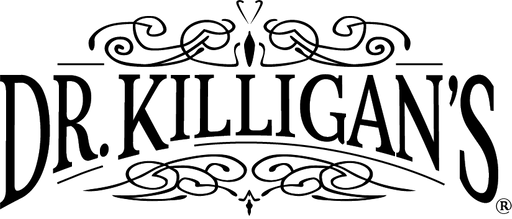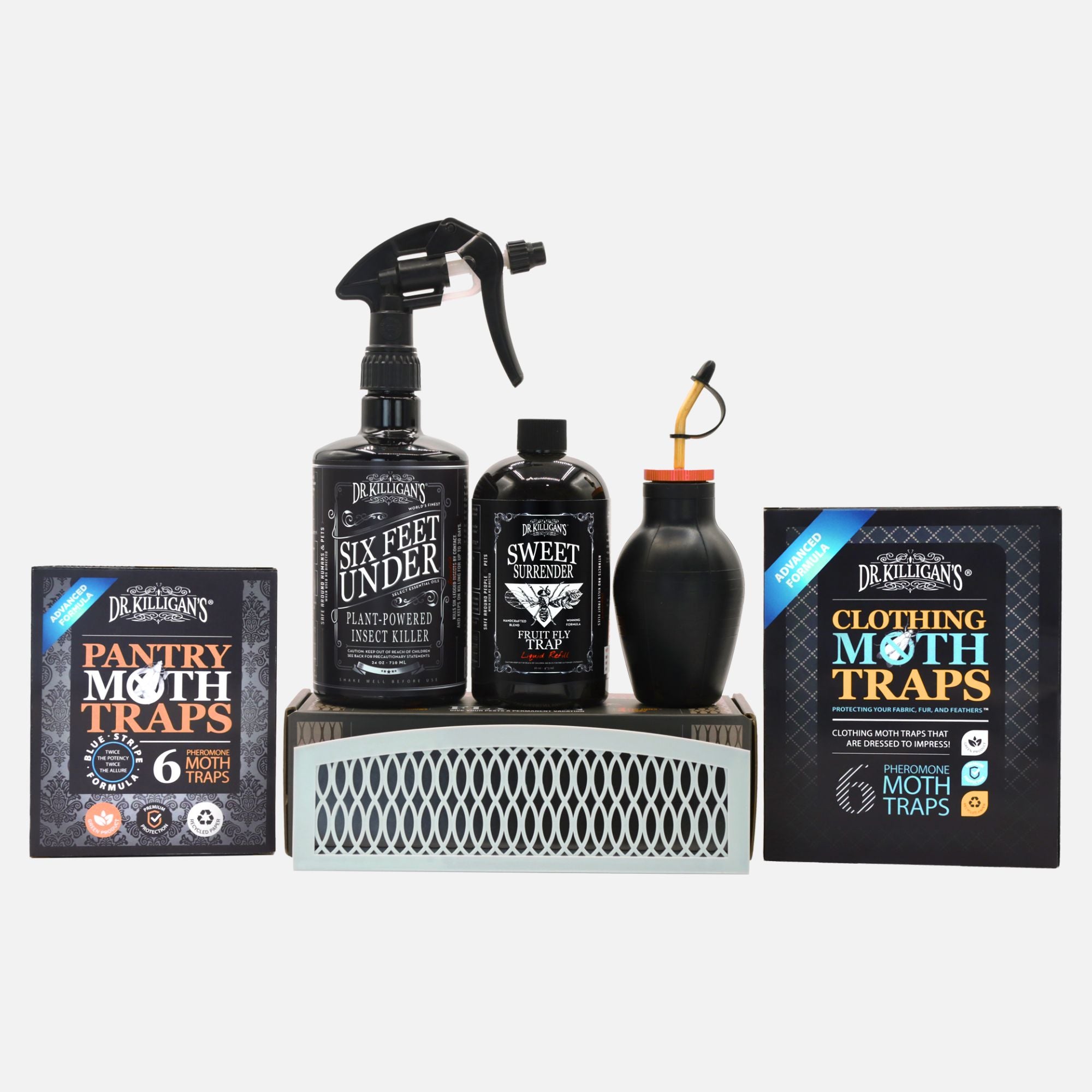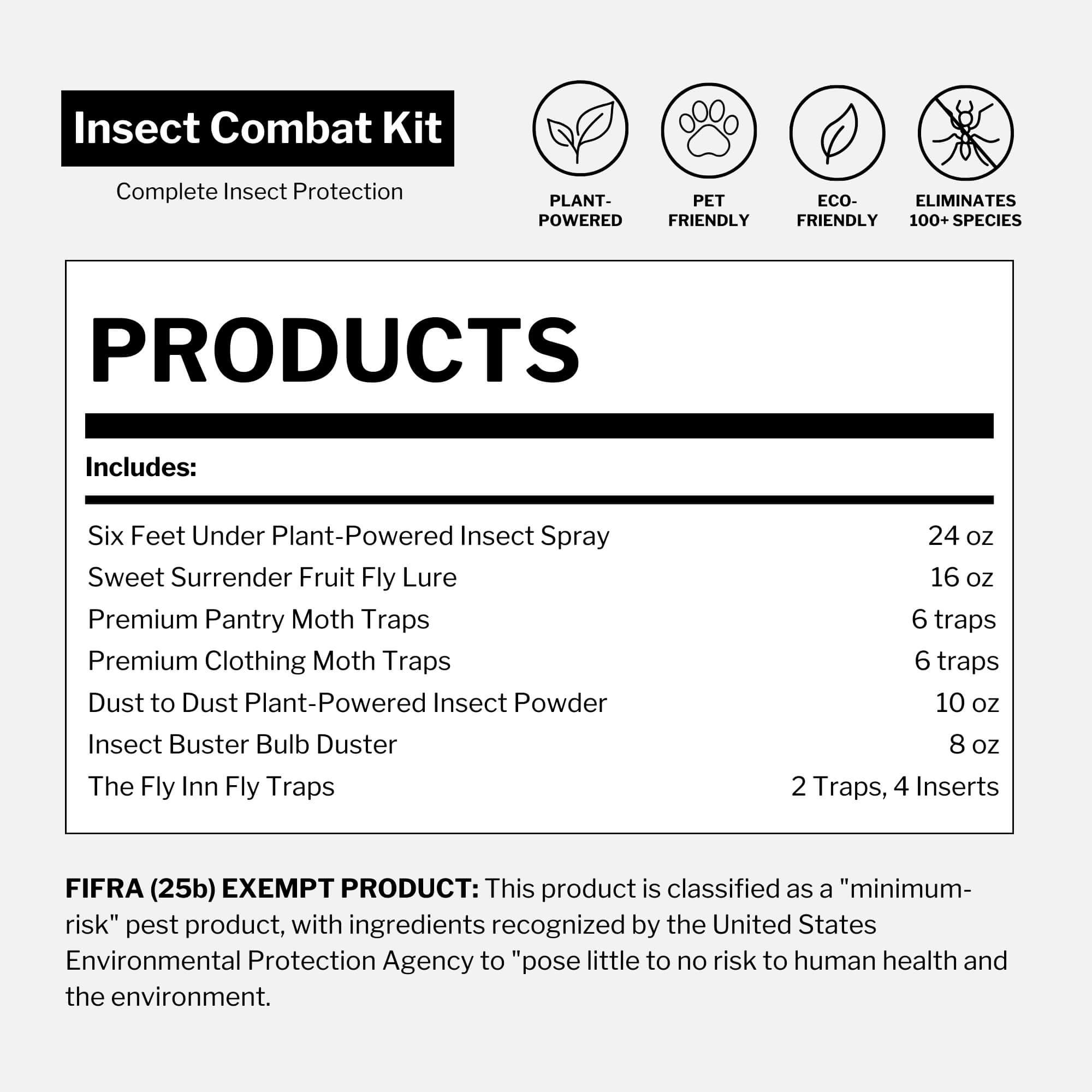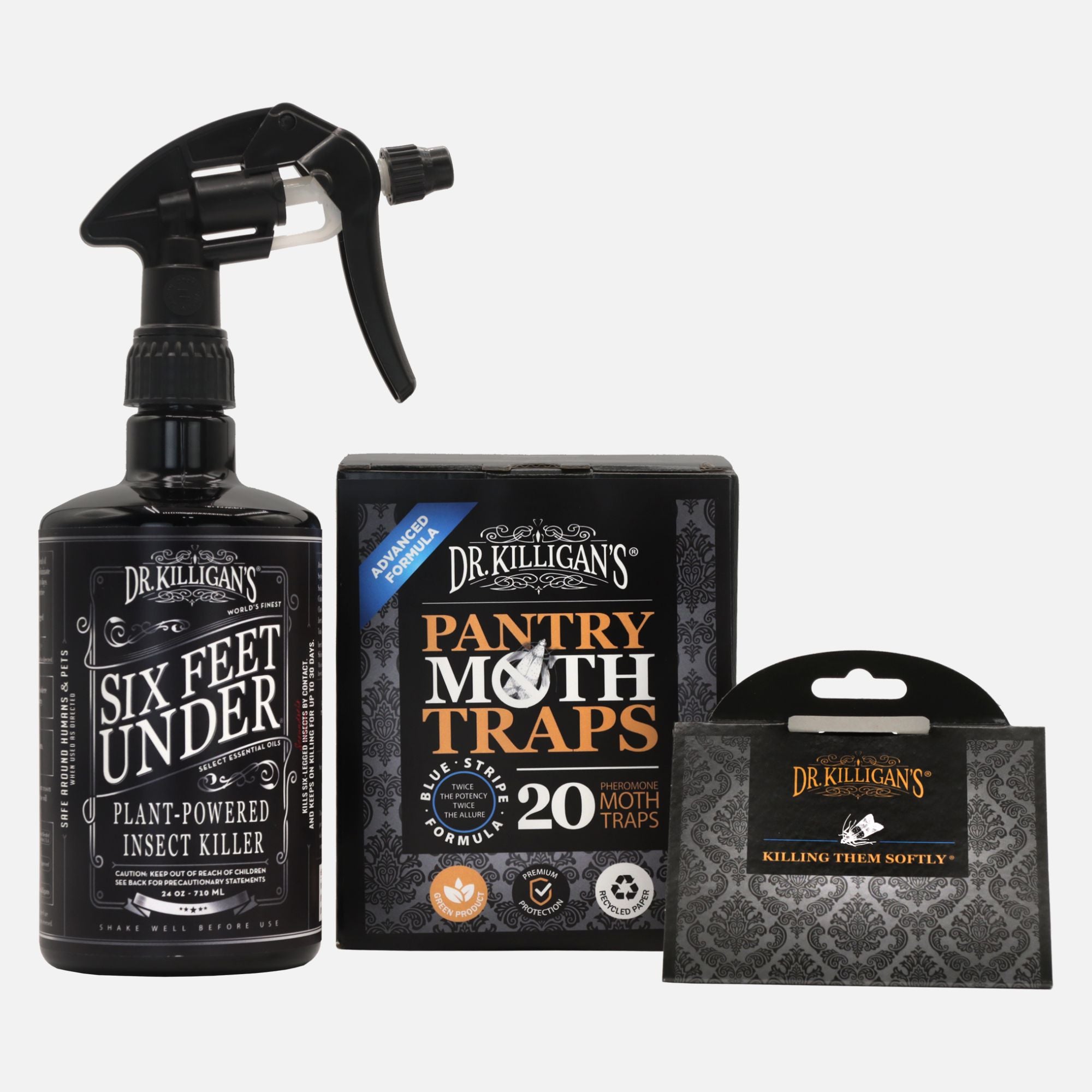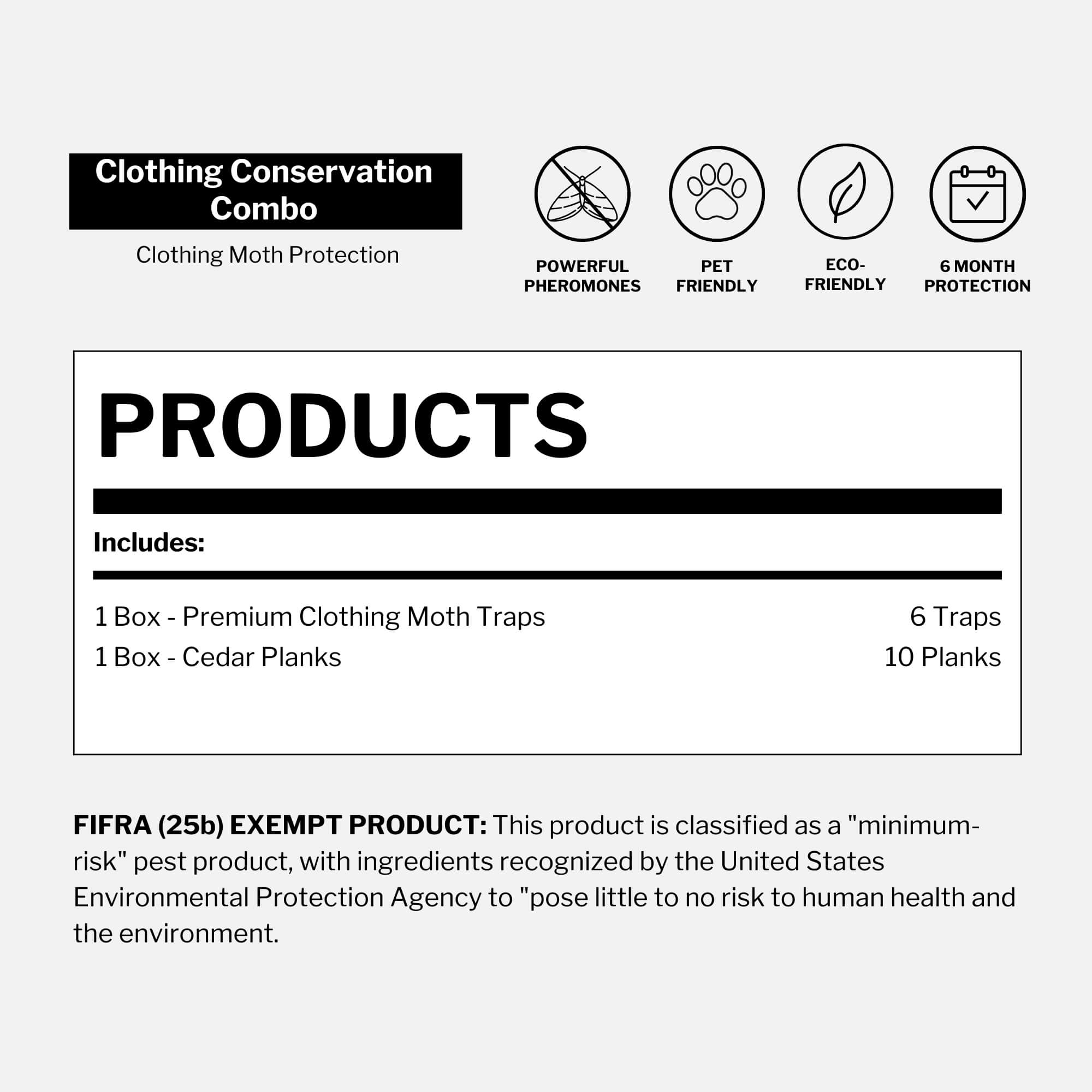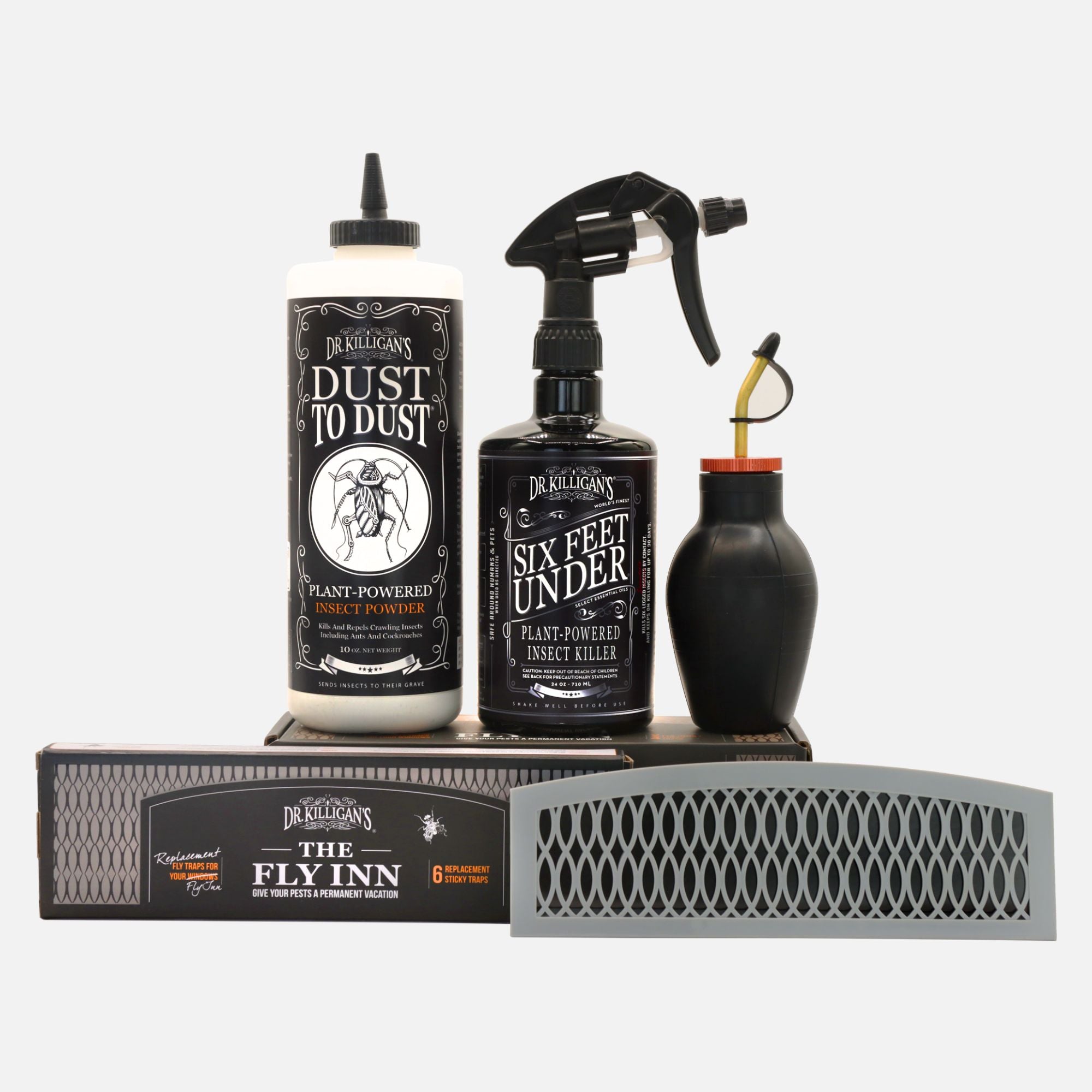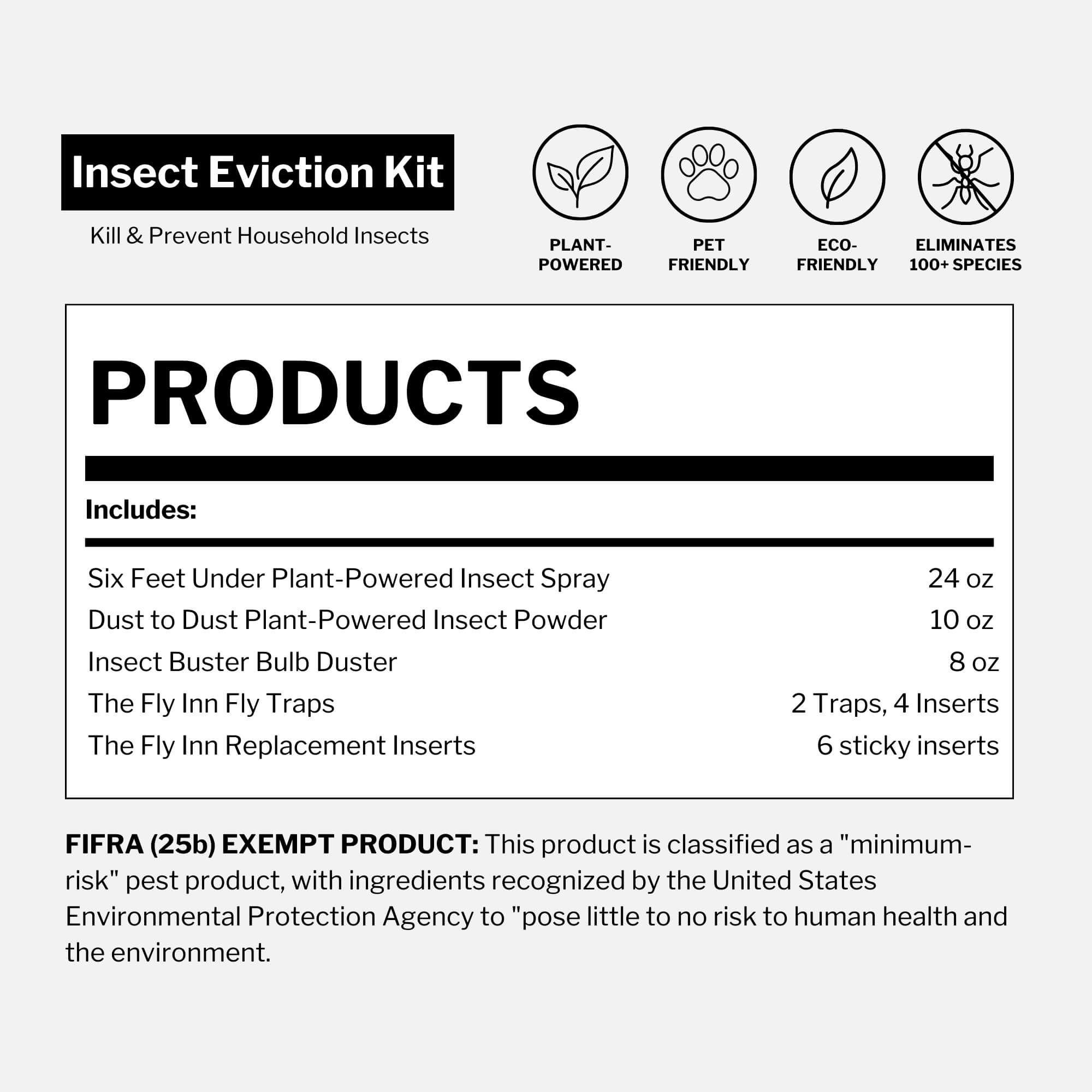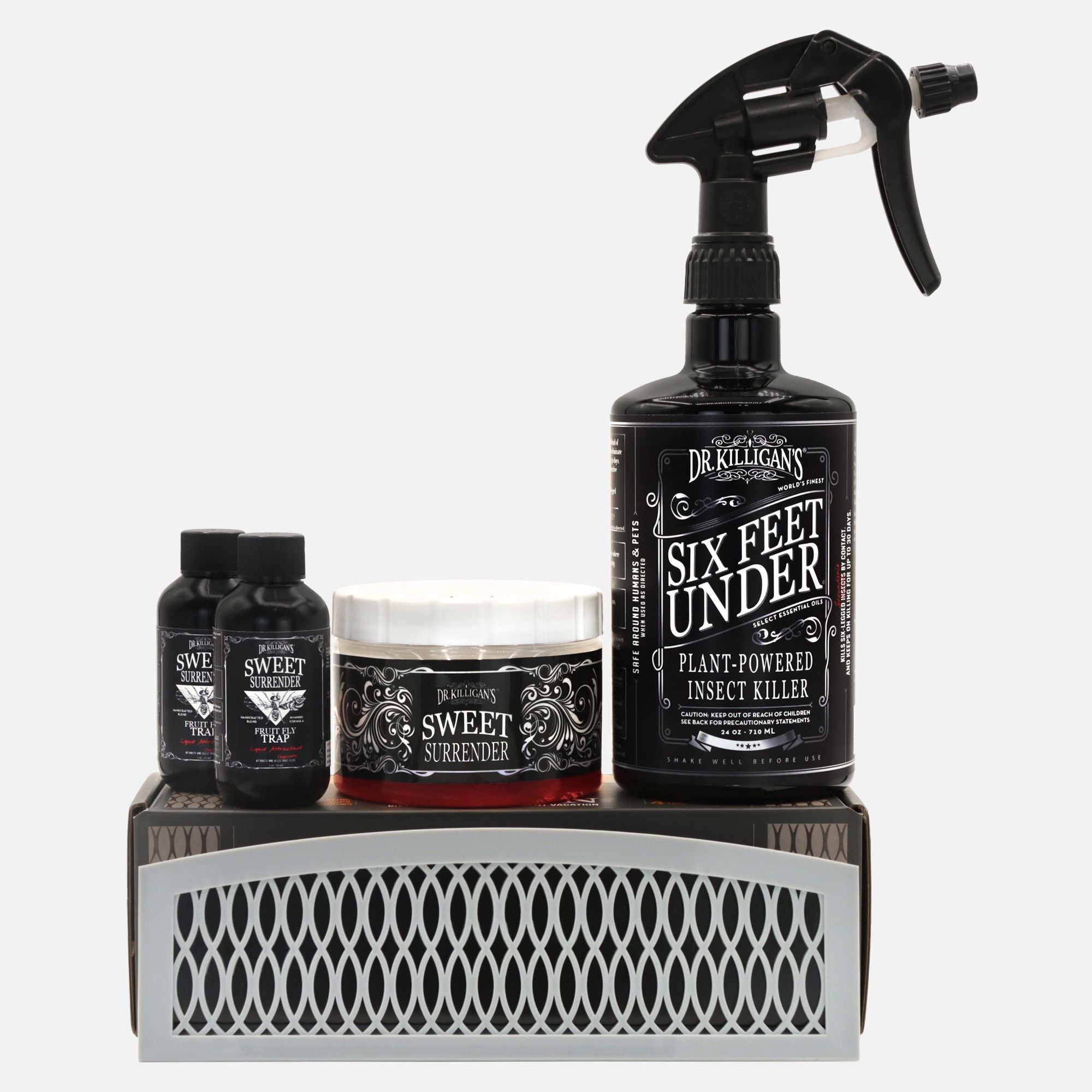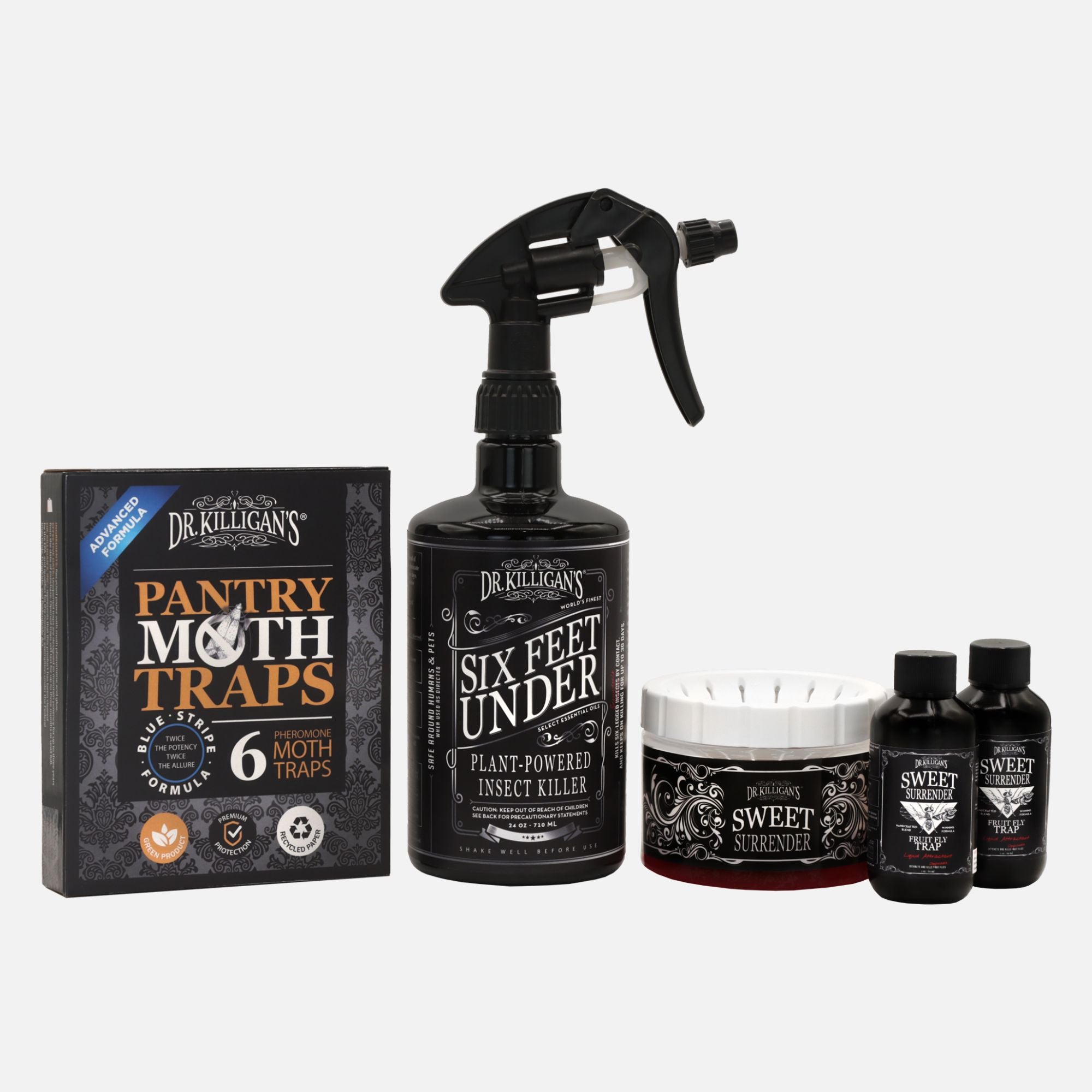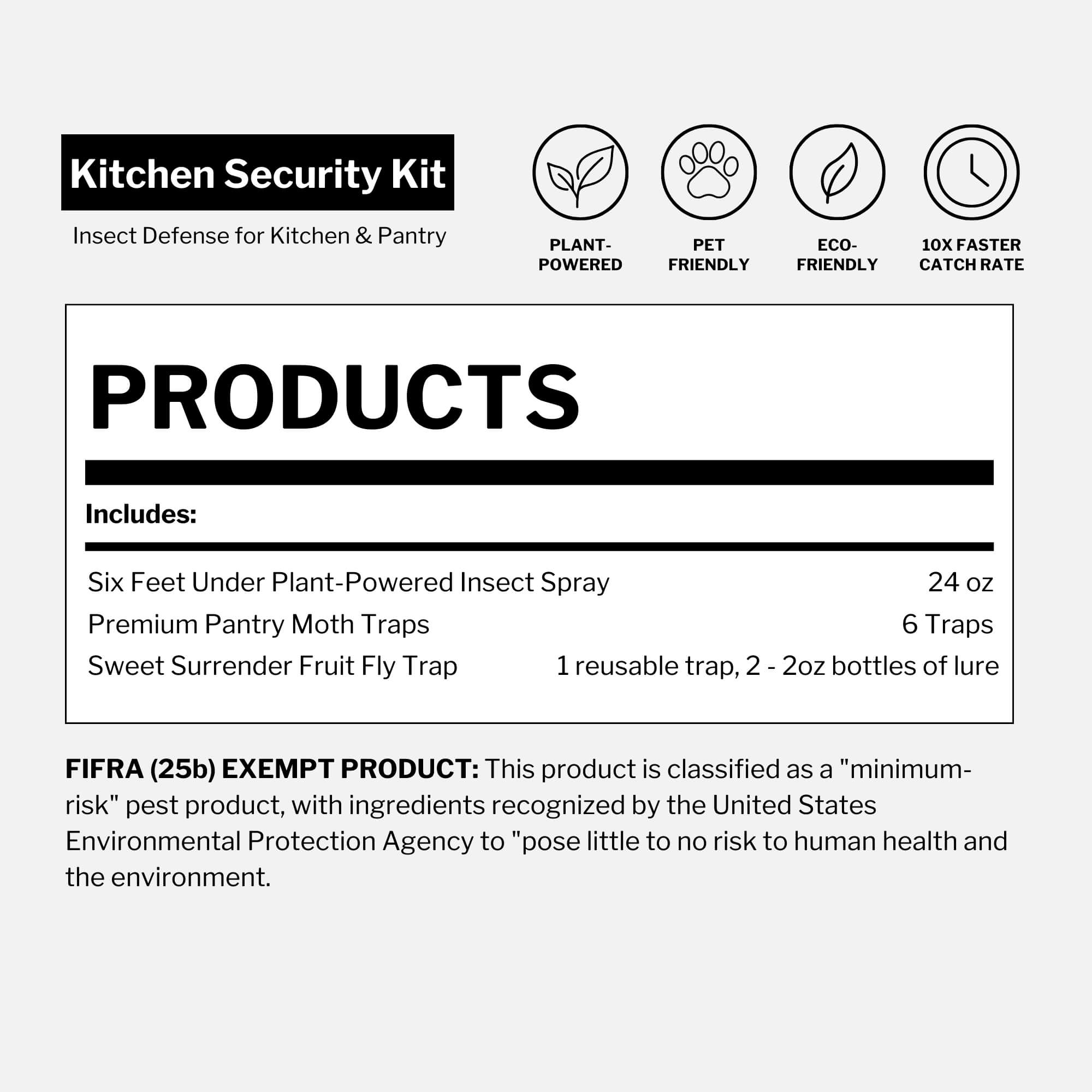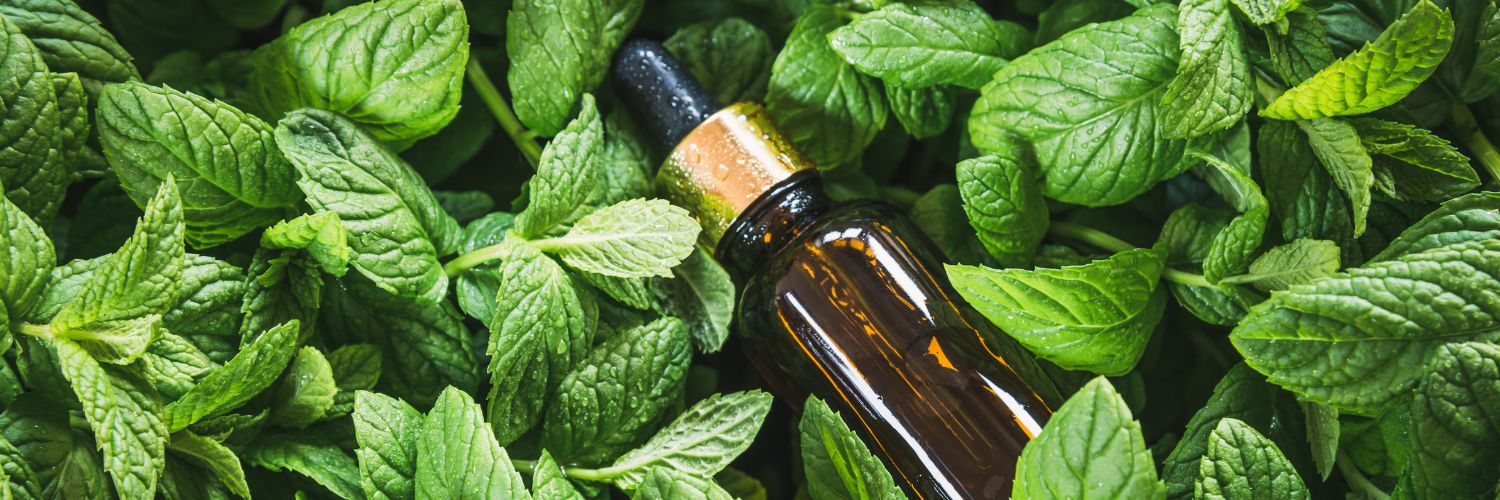Updated on May 29th, 2025
Are mothballs really worth it? Many homeowners ask if mothballs are hazardous and the truth is—yes. They carry health risks and leave behind a lingering smell that’s hard to remove from clothes and storage areas.
If you're looking for a safer and healthier option for moth prevention, consider our very own Cedar Planks and Cedar Canisters. These natural repellents protect clothes without toxic chemicals, offering an effective and eco-friendly alternative to traditional mothballs.
In this article, I’ll give you five solid reasons to skip the mothballs and switch to cedar.
1. Mothballs have hidden hazards

Wondering if mothballs are hazardous? The short answer is yes—especially for homes with children and pets.
These small, chemical-filled balls might seem like an easy fix for moth problems, but their hidden dangers make them a poor choice for pest control. Mothballs contain high concentrations of naphthalene or paradichlorobenzene, both of which are pesticides regulated by the Environmental Protection Agency (EPA). Because of their chemical makeup, they are regulated under the Federal Insecticide, Fungicide and Rodenticide Act (FIFRA), a law designed to protect humans, animals and the environment from harmful substances.
2. Mothballs impact your health
Studies show that the chemicals in mothballs—particularly naphthalene—can be harmful to human health. According to the Louisiana Department of Health, naphthalene exposure can damage the liver and kidneys. The United States Environmental Protection Agency found that it can also cause cataracts and retina damage. Even more concerning, the EPA tells us that mothballs are often sold illegally and can easily be “mistaken for candy, or simply tempt young children to touch and play with them.”
The CDC goes further, stating in bold letters that Naphthalene is “IMMEDIATELY DANGEROUS TO LIFE OR HEALTH CONCENTRATIONS.”
3. Mothballs harm the environment

The chemicals in mothballs—including naphthalene—can damage soil, water and air quality. These toxic fumes don’t stay confined to storage spaces. They seep into the environment, leaching into the soil, contaminating groundwater and evaporating into the air—contributing to pollution.
Even when thrown away, mothballs can continue releasing hazardous chemicals in landfills or waterways. Wildlife is at risk too, as these chemicals can be ingested or absorbed through skin, leading to organ damage and long-term harm.
Looking for a safer alternative? Cedar Planks and Cedar Canisters offer a natural, non-toxic way to keep your clothes moth-free—without harming the planet.
4. Mothballs contribute to pesticide resistance
Overusing pesticides like mothballs can create a dangerous cycle. Insects exposed to these chemicals may develop genetic mutations, making them resistant to future treatments. This resistance spreads to new generations, creating populations of bugs that are harder—and sometimes impossible—to control.
This growing resistance isn’t just an agricultural problem—it affects your home too. The more we rely on chemical mothballs, the greater the chance we’ll face super-resistant pests in our closets and drawers.
5. Mothballs release toxic fumes

The majority of exposure to naphthalene—a key ingredient in mothballs—occurs through inhalation, according to the National Institute of Health. When mothballs are used, they release harmful fumes into the air. These chemicals don’t simply disappear; they settle on clothes, furniture and surfaces, exposing people and pets even after the mothballs are gone.
This lingering exposure isn’t just an inconvenience—it’s a serious health hazard. Breathing in mothball fumes can cause headaches, dizziness, nausea and irritation of the eyes, nose and throat. In extreme cases, such as a reported Illinois family, prolonged exposure has led to liver and kidney damage.
Infants and pets, especially cats, are highly vulnerable. Newborns have experienced severe health effects from contact with diapers and blankets stored near mothballs.
For a safer moth repellent for home use, cedar products provide an effective, natural alternative. Cedar’s pleasant aroma naturally repels moths, offering protection without the harmful health risks associated with chemical mothballs.
Cedar is a better alternative to mothballs
If you’re looking for a safer moth repellent for home use, Dr. Killigan’s Cedar Planks and Cedar Canisters are unmatched—effective, eco-friendly and family-safe.
- Cedar Planks are a natural insect repellent that emits a pleasant, woody scent. Unlike mothballs, they're non-poisonous and non-harmful to humans and pets, making them an effective and environmentally friendly choice.
- Cedar Canisters, crafted from sustainably sourced cedar wood, deliver long-lasting protection for drawers, chests and small storage areas. Like our Cedar Planks, these canisters release natural oils that repel moths and insects—without any toxic fumes.
Our cedar solutions effectively repel web-spinning moths and case-making moths, providing four-season protection for wool, fur, leather and other precious keratin-rich fabrics.

Why choose cedar over chemical mothballs?
Cedar’s natural oils act as a powerful deterrent to moths and other insects—without the need for harmful chemicals. For centuries, cedar has been used for its insect-repelling properties and cedarwood oil remains a trusted ingredient in natural insect repellents.
Studies, including one published by ResearchGate, confirm that cedar is effective in repelling clothes moths, flour beetles, cockroaches and ants. Another study by CedarSafe highlights cedarwood's significant repellency to firebrats (a relative of silverfish).
Beyond its effectiveness, cedar is also a sustainable and renewable resource. Our Cedar Planks are responsibly sourced from renewable eastern red cedar forests in the USA. They’re easy to use—hang them in your closet or place them in drawers, with no need for extra setup. The natural scent of cedar is safe for both people and pets, offering peace of mind and a moth-free home.
So, if you’re worried about the health risks associated with mothballs and want to protect your clothes, cedar products offer the best alternative to mothballs for clothes. They’re natural, effective, safe, and sustainable—and unlike mothballs, they won’t put your family or furry friends at risk.
Ready to ditch the mothballs? Explore Dr. Killigan's natural solutions today and create a safer, moth-free home.
